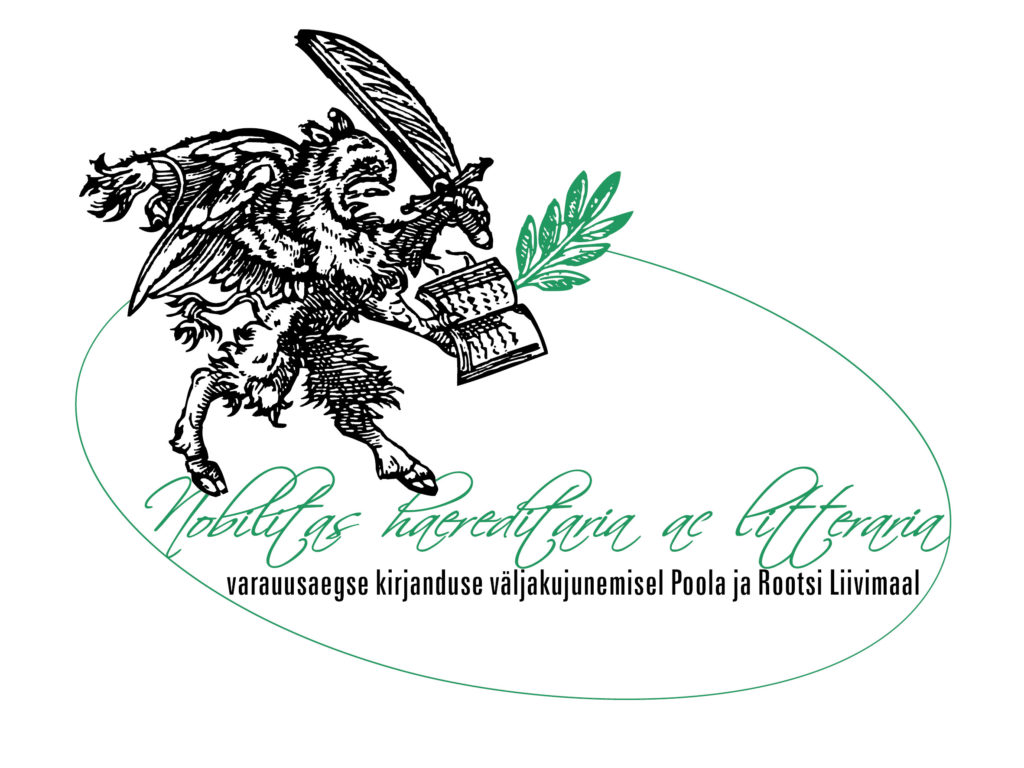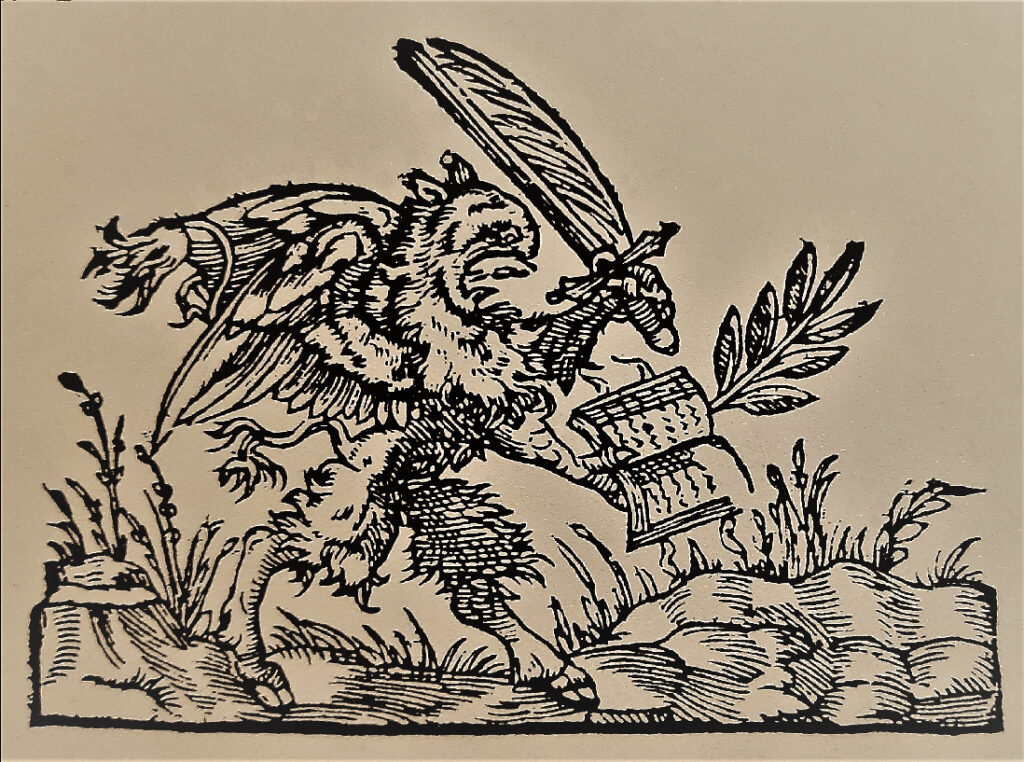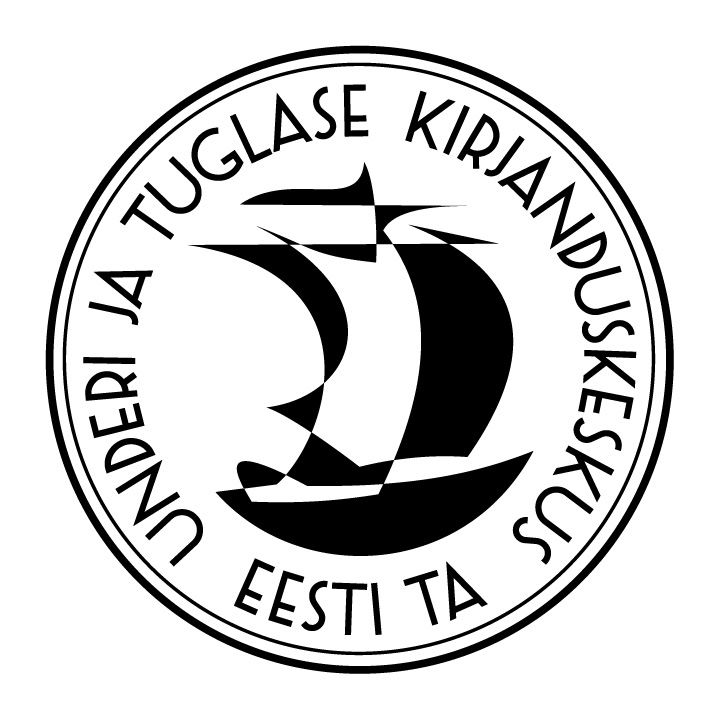The Project

In 2023, Under and Tuglas Literature Centre of the Estonian Academy of Sciences launched a five years research project „Connections, transition, change: nobilitas haereditaria ac litteraria in the emergence of early modern literature in Polish and Swedish Livonia“. The main aim of this project is to make the broader research community aware of the current research gap in the study of the literature of the Estonian and Livonian nobility in its first centuries (16th–17th centuries) and to fill it with unbiased, scientific, and interdisciplinary well-founded case studies, critical and commented editions of key texts and a handbook based on a solid bibliography. The project seeks a critical revision of the current approach to the Baltic German literature.
Main hypothesis and objectives
The project is based on the hypothesis that the emergence of the writing nobility in Estonia and Livonia was not only caused by a rapid improvement in the economic, political and legal situation of the nobility at the end of the 18th century, but by a sociocultural, educational and literary change that had already occurred in the Early Modern times, in the following stages:
- the widespread ennoblement of the scholars and officials and their descendants in the 16th–17th century;
- the mixing of intellectuals under Polish-Lithuanian and Swedish rule with the old Baltic-German nobility;
- the transfer of the literary and scholarly ideals and competence of the intellectuals to the old
nobility.

With this, we do not plan to analyze the results of the change, i.e literature created by the nobility in the 18.–19 century, but rather the preceding early literary situation.
Contrary to Wilpert’s (2005) thesis that „Baltic German literature was carried by nobles and writers, whose separation became blurred as a result of increasing exchanges – nobles becoming writers and writers being ennobled“ („die baltische Literatur wurde getragen von Adligen und Literaten, deren Trennung durch zunehmenden Austausch – indem Adlige Schriftsteller, Schriftsteller geadelt wurden – verwischte“), we assume that:
- the interaction was not a diffuse phenomenon in Early Modern times, but took place in one direction: after the rise of authors to nobility, their mixing with the old nobility through marriages gradually, over several generations, influenced the high nobility as a whole towards literary practices.
- precisely the slow but accumulating ennoblement ensured the sustainability of literary change for the next centuries.
As the Baltic German nobility maintained its writing culture until the end of its existence in the 20th century and became, in Estonian literature – among other interpretive possibilities – a symbol of educated influential social strata interested in literature, research on this concept is crucial for the study of later Estonian literature.
Work-packages
I The genre aspects of noble literature
We will observe whether there were changes in typical genres of the old nobility with the addition of newcomers. Did the old nobility become even more conservative preferring their „original“ genres during the decades of transition? Did the preferred key genres of several categories of nobility become similar during the Early Modern time?
II Shared concepts – changing concepts
This work-package is focused on the analysis of which characteristic concepts of Early Modern literature dominated in the texts of the old nobility and the recently ennobled authors, and how literary change influenced some paradigmatic concepts.
III Writing, communicating and publishing strategies and models
We analyze the differences and similarities between the literary practices of the old and new nobility in terms of the dissemination of literary works (handwritten versus printed) as well as the connections within the framework of authors’ networks, e.g. the Knighthoods, local and foreign nobles operating in Livonia. We observe which mixing strategies typical of early modern literature (e.g. intertextuality, incl. between religious and secular texts, combining of visual and literary forms, multilingual practices) were activated as a result of this general change and what role the newspapers played in the literary self-portrayal of the nobility.
The project is funded by the Estonian Research Council (PRG1926).


